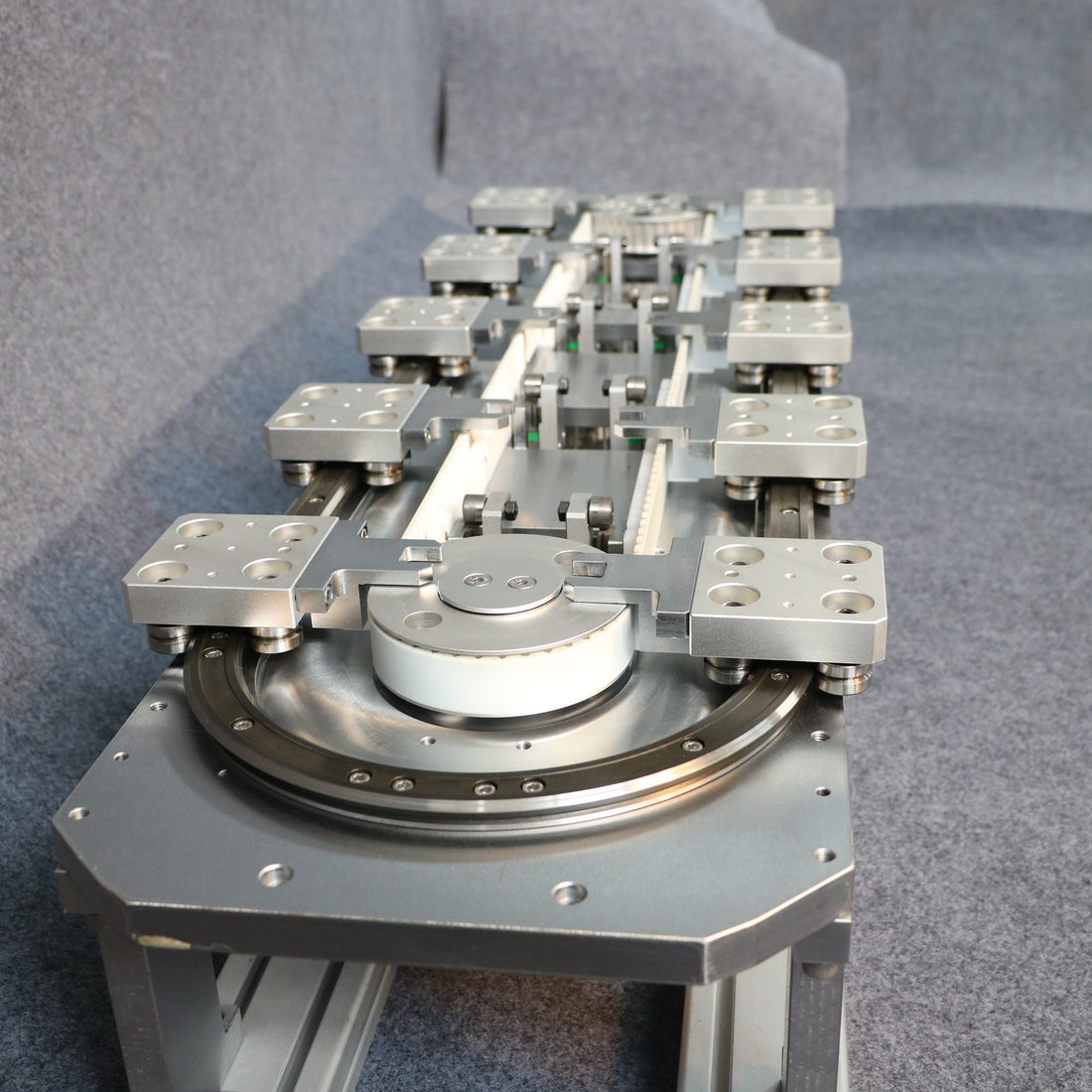
Guide rail technology in modern industry
Share
Guide rails are an indispensable and important part of modern industry. They are widely used in various mechanical equipment and transportation systems to provide smooth, accurate and reliable support for movement. This article will introduce the basic principles, types and applications of guide rails in the industrial field.
First, let's understand the basic principles of guide rails. A guide rail is a device used to guide the movement of objects, usually consisting of two parts: a guide rail and a slider. The guide track is a flat surface with specific raised structures and grooves used to guide the movement of the slider. The slider is the component in contact with the guide rail. It usually has grooves and protrusions that match the rail. Through the movement of the slider on the guide track, we can achieve smooth movement of the object on a straight or curved track.

Guide rails can be classified according to their structure and purpose. The most common types of guide rails include linear guide rails, arc guide rails and composite guide rails. Linear guide rails are used in linear motion systems, such as machine tools, automated production lines, etc. They usually consist of sliders and linear guides that enable objects to move horizontally or vertically. Arc guide rails are used in systems that need to move along curved trajectories, such as robot arms, automobile assembly lines, etc. Composite guide rail is a guide rail that combines the characteristics of linear and arc guide rails and can achieve more complex motion paths.

Guide rails are widely used in industrial fields. First, they are widely used in mechanical equipment, such as CNC machine tools, handling robots, printing presses, etc. The high precision and stability of the guide rails ensure the accuracy and reliability of mechanical equipment. Secondly, guide rails also play an important role in transportation systems, such as high-speed rail, subway, and airport luggage conveyor belts. Not only do they provide a smooth and comfortable ride, they also ensure the safety and efficiency of the transportation system.

In addition, guide rails also play an important role in scientific research and laboratory equipment. For example, in optical experiments, guide rails are used to adjust lens position to achieve precise optical alignment. In physical experiments, guide rails are used to simulate the behavior of objects under different motion conditions. The high precision and adjustability of the guide rails enable scientists to conduct precise experiments and research.
To sum up, guide rails are one of the indispensable technologies in modern industry. They advance the development of mechanical equipment, transportation systems, and scientific research by providing smooth, accurate, and reliable motion support. As technology continues to advance, guide rails will continue to develop, creating more possibilities and opportunities for us.
